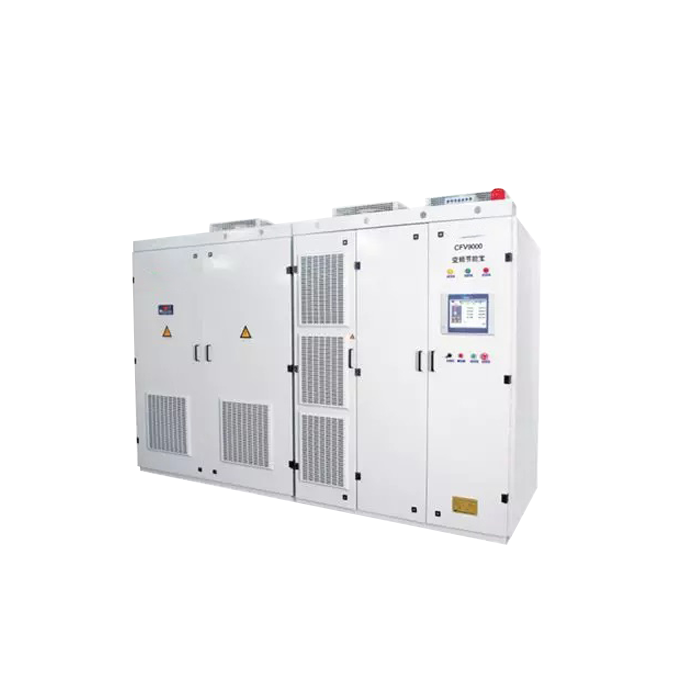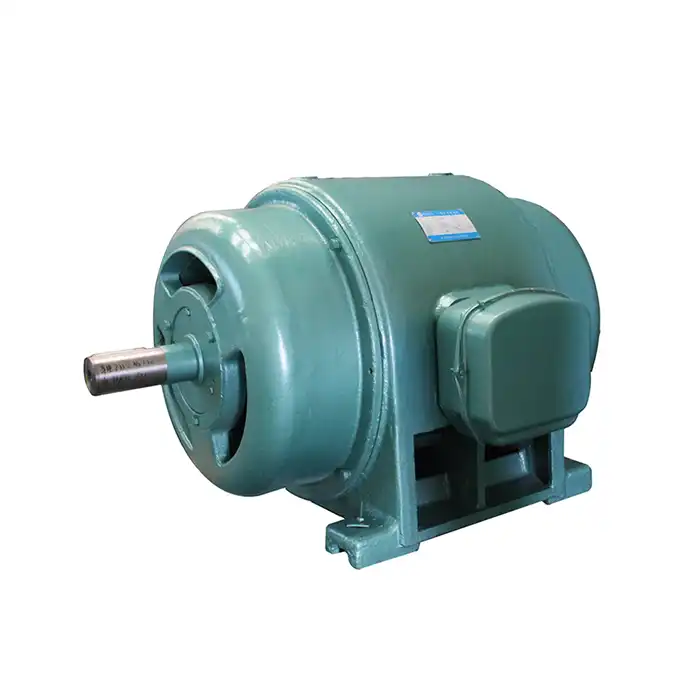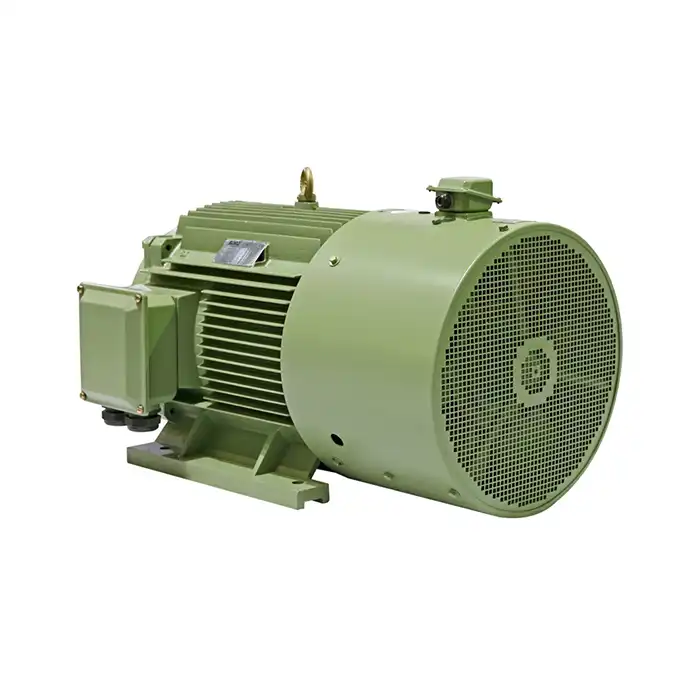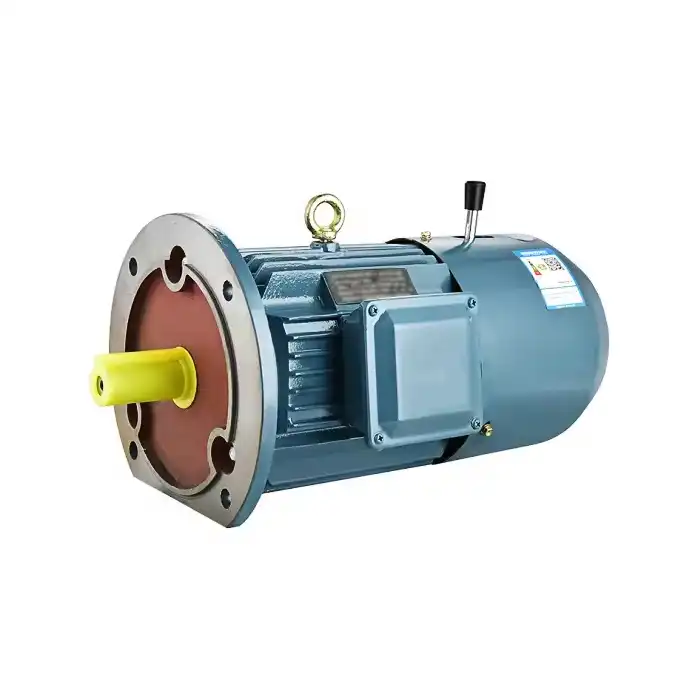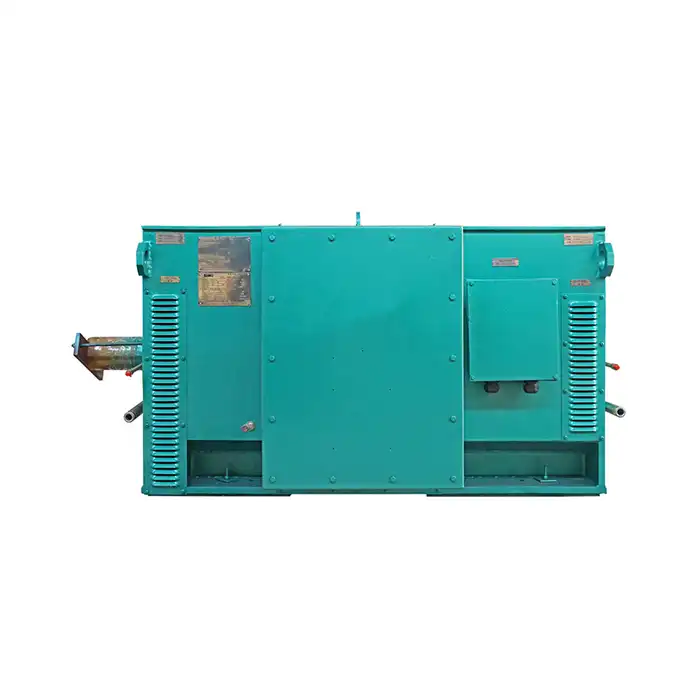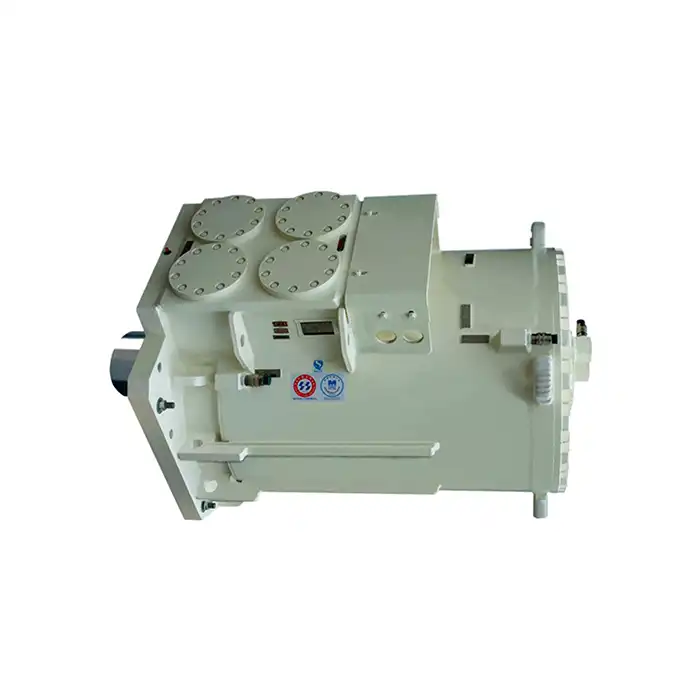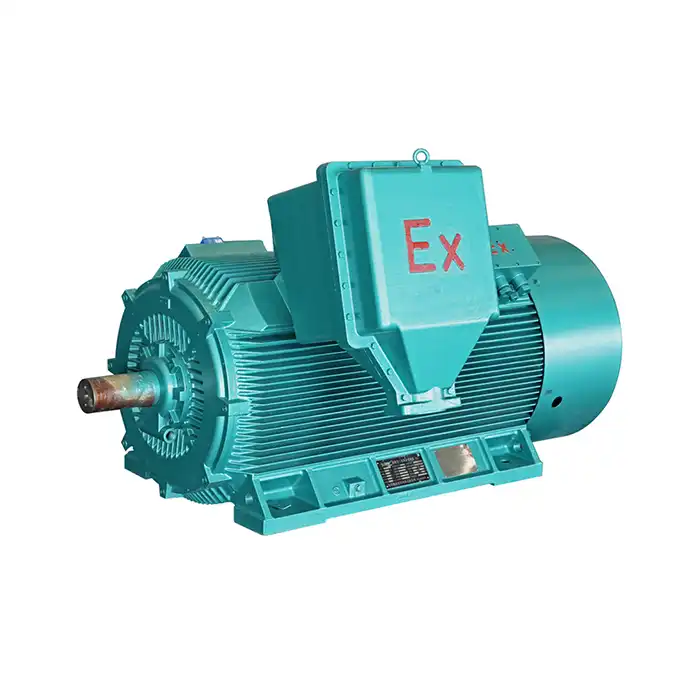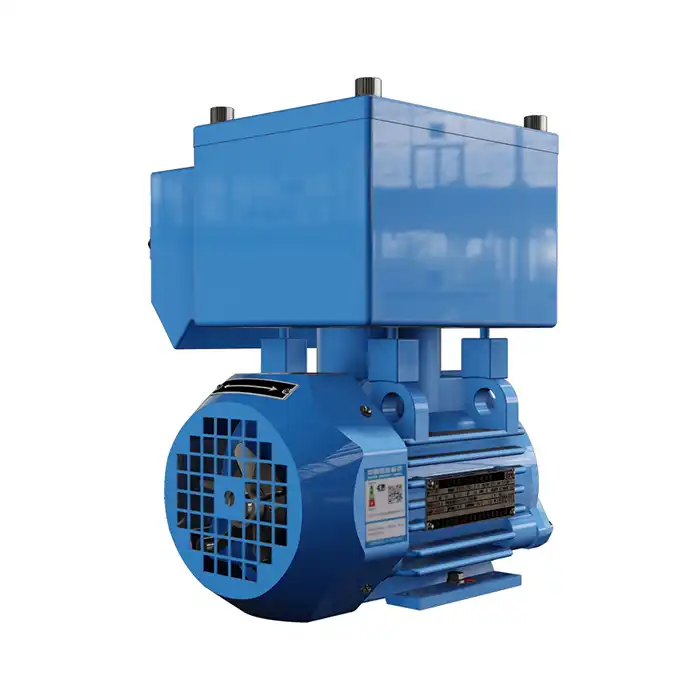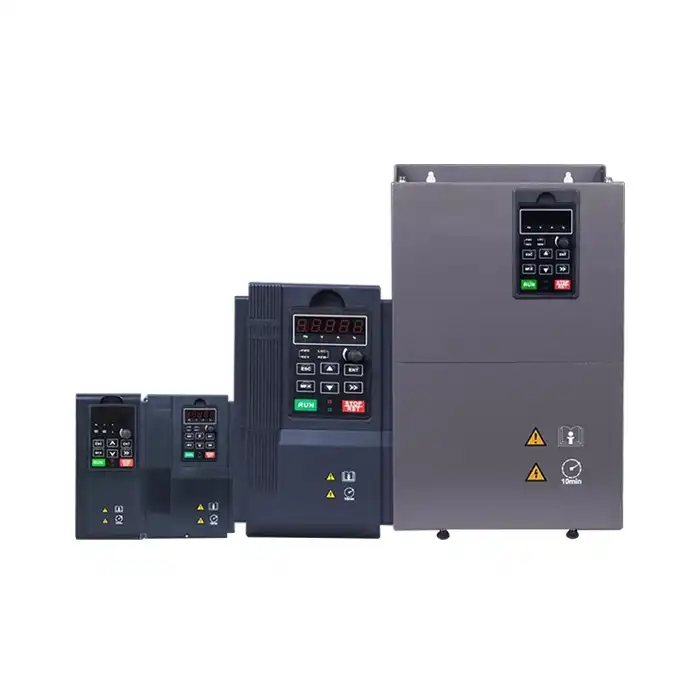Reducing Power Consumption in Variable Load Applications
Frequency converters, also known as variable frequency drives (VFDs), excel at managing power consumption in applications with fluctuating load requirements. By adjusting the frequency and voltage supplied to electric motors, these devices can precisely control motor speed and torque, resulting in significant energy savings.
How Frequency Converters Optimize Motor Performance?
Traditional motor systems operate at a fixed speed, regardless of the actual load requirements. This often leads to unnecessary energy consumption, especially when the load is less than the motor's full capacity. Frequency converters address this inefficiency by allowing motors to operate at variable speeds, matching their output to the specific load demands.
Energy Savings in Pump and Fan Applications
Pumps and fans are common examples of variable load applications that benefit greatly from electrical frequency converters. In these systems, power consumption is proportional to the cube of the motor speed. This means that even a small reduction in speed can lead to substantial energy savings.
For instance, reducing a pump's speed by 20% can result in energy savings of up to 50%. This principle, known as the Affinity Law, makes frequency converters particularly effective in applications such as water treatment plants, HVAC systems, and industrial cooling processes.
Soft Start and Stop Functionality
Another energy-saving feature of frequency converters is their ability to provide soft start and stop functionality. This gradual acceleration and deceleration of motors reduces mechanical stress on the system and minimizes energy waste associated with abrupt starts and stops. As a result, equipment lifespan is extended, and overall system efficiency is improved.
Case Study: Energy Savings in HVAC Systems
HVAC (Heating, Ventilation, and Air Conditioning) systems are major energy consumers in both commercial and residential buildings. Implementing frequency converters in these systems can lead to substantial energy savings and improved comfort levels.
Traditional vs. Frequency Converter-Equipped HVAC Systems
In traditional HVAC systems, components like fans and pumps typically operate at constant speeds, cycling on and off to maintain desired temperatures. This approach results in energy waste during periods of low demand and can lead to temperature fluctuations.
Frequency converter-equipped HVAC systems, on the other hand, allow for continuous operation at variable speeds. This enables the system to precisely match its output to the current heating or cooling requirements, resulting in more stable temperatures and reduced energy consumption.
Quantifying Energy Savings
A case study conducted in a large office building demonstrated the impact of implementing electrical frequency converters in the HVAC system. The building's annual energy consumption for air handling units was reduced by 30%, translating to significant cost savings and a reduced carbon footprint.
Additional Benefits in HVAC Applications
Beyond energy savings, frequency converters in HVAC systems offer several other advantages:
- Improved temperature control and occupant comfort
- Reduced wear and tear on mechanical components
- Lower maintenance costs
- Quieter operation due to reduced fan speeds during low-demand periods
Calculating ROI: When to Invest in Frequency Converters?
While the energy-saving potential of frequency converters is clear, it's essential to evaluate the return on investment (ROI) to determine if implementation is financially viable for a specific application.
Factors Affecting ROI
Several factors influence the ROI of implementing frequency converters:
- Current energy costs and consumption patterns
- Motor size and operating hours
- Load variability
- Initial investment costs
- Potential maintenance savings
ROI Calculation Example
Let's consider a hypothetical example of a 50 HP pump motor operating 24/7 in an industrial process:
- Annual energy consumption without a frequency converter: 350,000 kWh
- Estimated energy savings with a frequency converter: 30%
- Energy cost: $0.10 per kWh
- Cost of frequency converter installation: $15,000
Annual energy savings: 350,000 kWh * 0.30 * $0.10 = $10,500
Simple payback period: $15,000 / $10,500 = 1.43 years
In this example, the frequency converter would pay for itself in less than 18 months, making it a sound investment.
Long-Term Benefits
When evaluating ROI, it's important to consider long-term benefits beyond immediate energy savings. These may include:
- Extended equipment life due to reduced mechanical stress
- Lower maintenance costs
- Improved process control and product quality
- Compliance with energy efficiency regulations
Conclusion
Electrical frequency converters offer a powerful solution for improving energy efficiency across a wide range of applications. By allowing precise control of motor speed and power consumption, these devices can lead to substantial energy savings, particularly in variable load applications such as pumps, fans, and HVAC systems.
The case study of HVAC systems demonstrates the real-world impact of frequency converters, with potential energy savings of 30% or more. When evaluating the implementation of frequency converters, it's crucial to consider the ROI, taking into account factors such as energy costs, load variability, and long-term benefits.
As energy efficiency continues to be a priority for businesses and industries worldwide, frequency converters will play an increasingly important role in optimizing power consumption and reducing environmental impact.
FAQ
1.What is the primary function of an electrical frequency converter?
An electrical frequency converter is designed to change the frequency of an electrical power source, typically to control the speed of electric motors. This allows for precise adjustment of motor performance to match varying load requirements, resulting in improved energy efficiency.
2.How much energy can be saved by using frequency converters in pump and fan applications?
Energy savings in pump and fan applications can be substantial, often ranging from 20% to 50% or more. The exact savings depend on factors such as the specific application, load variability, and operating conditions.
3.Are frequency converters suitable for all types of electric motors?
While frequency converters are compatible with many types of electric motors, they are most commonly used with AC induction motors. It's important to consult with an electrical frequency converter supplier to ensure compatibility and optimal performance for your specific motor and application.
Boost Your Energy Efficiency with XCMOTOR
We at XCMOTOR are experts in providing high-quality electrical frequency converters that assist companies in maximising energy efficiency and cutting expenses. For optimal efficiency and dependability, let our team of specialists guide you in choosing the frequency converter that best suits your requirements.
Our specialised knowledge in HVAC, energy applications, and industrial automation allows us to provide individualised solutions that provide measurable outcomes. Our electrical frequency converters are designed to provide consistent power, minimal power consumption, and dependable performance over an extended period of time.
Ready to take the next step in improving your energy efficiency? Contact XCMOTOR today at xcmotors@163.com to learn more about our frequency converter solutions and how they can benefit your business.



